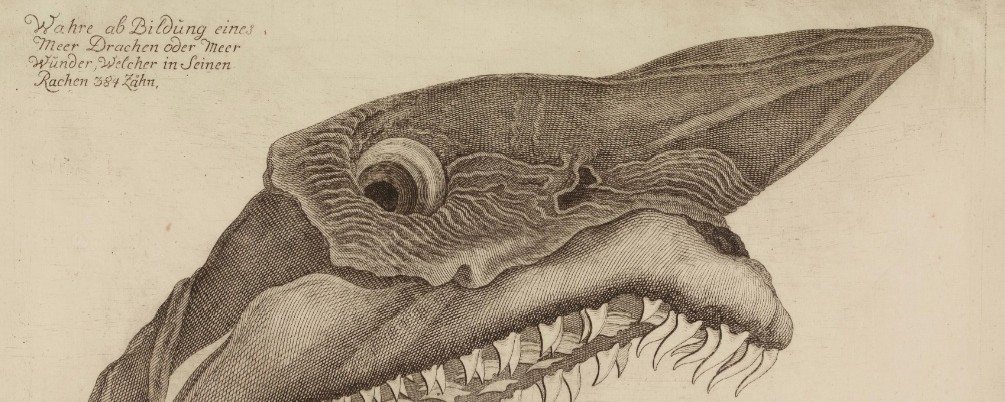Curious Beasts at Compton Verney
Curiosity fuelled a trip to Compton Verney House; curiosity to visit the 18th century country mansion and its grounds, and curiosity to see their current exhibition, Curious Beasts: Animal Prints from the British Museum. Compton Verney’s collection spans art works from Shang Dynasty bronzes, to an Enid Marx 20th century textile collection, with a myriad of treasures in between. In the far corner of the house hides the Curious Beasts exhibition, which is certainly curious. Animals are obviously the common denominator in all of the works, but each explores different themes.
Some famous names are evident, such as Francisco de Goya, George Stubbs and Albrecht Dürer, a master of engraving. The latter’s Adam and Eve (1504) depicts the prelapsarian pair in the Garden of Eden and uses iconographical symbols throughout the work to imply the imminent fall of man. A cat is watching its prey move, about to succumb to temptation; a mountain goat in the top right of the engraving is teetering on the edge of a cliff, just about to fall. The underlying moral purpose was clear, with the animals serving as an allegory for man’s weakness.
Nicolaus Mettel’s scientific work of the head of a shark, The true picture of a Sea Dragon or Sea Wonder which has 384 teeth in its jaws is, like its title, meticulous. The piece from the 1770s combines study, discovery and wonder. It pays glorious attention to fine detail in the shrivelling skin and a special regard to the placing and exact number of teeth of the shark. This intricate etching demonstrates scientific progress and the importance of being curious.
An anonymous artist produced my favourite work of the exhibition, a print named, The World Turned Upside-Down or The Folly of Man (c.1790). The narrative of this series of etchings is humorous, laid out like a modern comic strip and depicting scenes of role reversal between men and animals. One part is named, ‘A Rabbit Roasts a Man and a Cock Bastes Him’ and another, a personal favourite of mine, ‘Here the Wife Acts the Soldier and the Husband Spines and Nurses the Child’ – how scandalous! Though altogether an amusing work of bizarre scenes, it does perhaps suggest questions surrounding animal rights, gender relations, and also how we have had a social progression towards equality in the past 200 years.
Another anonymous artist was represented by a peculiar work entitled, A Pig Organ (c.1810). It shows a hideous scene of a man playing a seemingly fictitious instrument, comprising of a row of pigs where the ‘organist’ would pull the pigs tails to produce a noise out of them and use pedals to clamp their mouths shut. Surely this is purely fictitious? In fact, one was actually produced for King Louis XI of France, 300 years prior to this print’s manufacture!
Among all the chaos of religious, social and politically fuelled prints here, there are some works to just simply appreciate. It was a calming relief to contemplate the depiction of animals without any baggage of allegory, among the more challenging works.
Curious Beasts: Animal Prints from the British Museum is being exhibited at Compton Verney until 15 December.

Comments